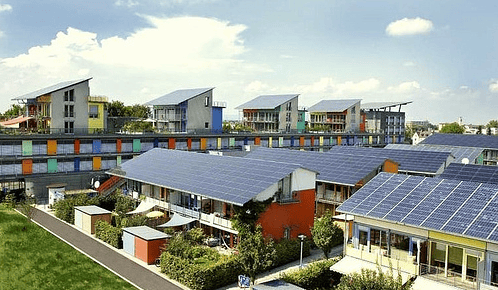
A new study (among the authors, CMCC researchers E. De Cian and E. Verdolini from ECIP Division) published on Energy Economics analyzes energy intensity trends and drivers in 40 major economies using the WIOD database, a novel harmonized and consistent dataset of input–output table time series accompanied by environmental satellite data.
Regarding changes of energy intensity at the country level, the study highlights that improvements between 1995 and 2007 are largely attributable to technological change. Nonethless, there are some important exceptions, such as Japan, USA, Australia, Taiwan, Mexico and Brazil where a change in the industry mix is the main driver behind the observed energy intensity reduction.
The abstract of the paper:
This study analyzes energy intensity trends and drivers in 40 major economies using the WIOD database, a novel harmonized and consistent dataset of input–output table time series accompanied by environmental satellite data. We use logarithmic mean Divisia index decomposition to (1) attribute efficiency changes to either changes in technology or changes in the structure of the economy, (2) study trends in global energy intensity between 1995 and 2007, and (3) highlight sectoral and regional differences. For the country analysis we apply the traditional two factor index decomposition approach, while for the global analysis we use a three factor decomposition which includes the consideration of regional structural changes in the global economy. We first show that heterogeneity within each sector across countries is high. These general trends within sectors are dominated by large economies, first and foremost the United States. In most cases, heterogeneity is lower within each country across the different sectors. Regarding changes of energy intensity at the country level, improvements between 1995 and 2007 are largely attributable to technological change while structural change is less important in most countries. Notable exceptions are Japan, the United States, Australia, Taiwan, Mexico and Brazil where a change in the industry mix was the main driver behind the observed energy intensity reduction. At the global level we find that despite a shift of the global economy to more energy-intensive countries, aggregate energy efficiency improved mostly due to technological change.
Read the integral version of the paper:
Voigt S., De Cian E., Schymura M., Verdolini E.
Energy intensity developments in 40 major economies: Structural change or technology improvement?
2014, Energy Economics, Volume 41, Pages 47-62, ISSN 0140-9883, http://dx.doi.org/10.1016/j.eneco.2013.10.015.


